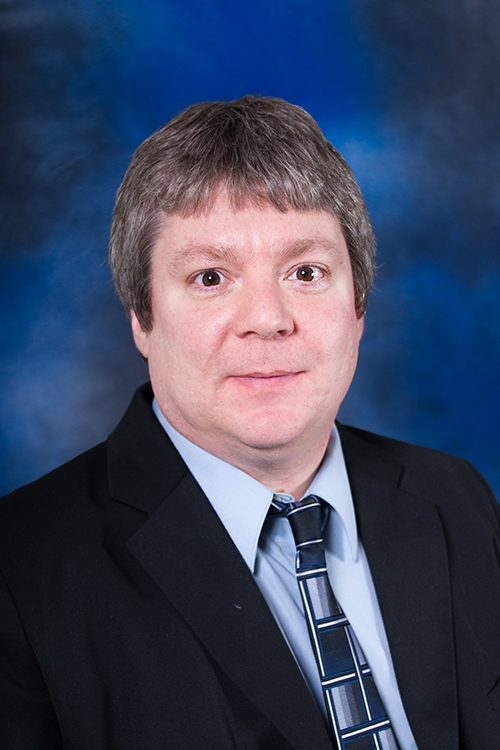Syracuse, NY – The U.S. Patent and Trademark Office has issued SRC, Inc. a patent for “Data Management and Bootstrapping Processing for Machine Learning and Classification Development,” a process for data augmentation and large-scale scenario generation of complex electromagnetic spectrum (EMS) environments. "This invention has the potential to revolutionize the way we develop and train machine learning models," said Kevin Hair, president and CEO of SRC. "Not only will this invention save time and resources in the development process, but it will ultimately lead to better performance in real-world applications.” The inventor for this patent is Sean O’Hara, director of artificial intelligence and machine learning, who serves as chief solution architect and strategist for the development and integration of advanced machine intelligence technologies into SRC products and services. The system works by preparing a raw signal set from the labeled data and separately processing it for any electromagnetic environment and interference signals, as well as for a primary signal, by applying the real electromagnetic environment data. The processed signals are then summed to generate a second data set that is larger than the first data set. This enables the training of deep neural network models and artificial intelligence agents operating in the EMS. O’Hara is recognized as a fellow at SRC. He holds both a bachelor’s and master’s degree in electronics and communication engineering from Syracuse University.
About SRCSRC, Inc. (@SRCDefense), a not-for-profit research and development company, combines information, science, technology and ingenuity to solve “impossible” problems in the areas of defense, environment and intelligence. Across a family of companies, SRC applies bright minds, fresh thinking and relentless determination to deliver innovative products and services that are redefining possible® for the challenges faced by America and its allies. Since 1957, SRC’s commitment to the customer and the best solution — not the bottom line — has remained a core value that guides its efforts. This passion for quality carries through to the technologies the company invents and manufactures, the laboratories and facilities it builds, the people they hire, and communities where they work. Today, nearly 1,400 engineers, scientists and professionals work together at SRC to protect people, the environment and our way of life.
|
SRC’s Sean O'Hara Awarded Patent for Data Management and Development
October 11, 2023





